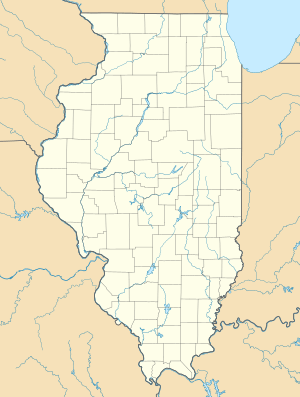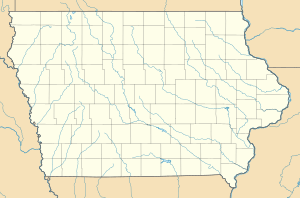Port Louisa National Wildlife Refuge facts for kids
Quick facts for kids Port Louisa National Wildlife Refuge |
|
|---|---|
|
IUCN Category IV (Habitat/Species Management Area)
|
|

Sunrise over the Mississippi River at Port Louisa National Wildlife Refuge in Iowa
|
|
| Location | Louisa County, Iowa, Mercer County, Illinois, United States |
| Nearest city | Wapello, Iowa |
| Area | 10,780 acres (43.6 km2) |
| Established | 1958 |
| Governing body | U.S. Fish and Wildlife Service |
| Website | Port Louisa National Wildlife Refuge |
Port Louisa National Wildlife Refuge is a special natural area that helps protect wildlife. It covers about 10,780-acre (43.6 km2) of land and water. This refuge is located right on the Mississippi River, which forms the border between Illinois and Iowa. You can find it near Wapello, Iowa.
This refuge is managed by the United States Fish and Wildlife Service. They work to keep the area safe for animals and plants.
What is Port Louisa National Wildlife Refuge?
A National Wildlife Refuge is a place set aside to protect wild animals and their homes. Port Louisa is one of these important places. It was created in 1958 to help protect birds that travel long distances.
The refuge is split into four main parts:
- Louisa
- Horseshoe Bend
- Big Timber (which includes some islands)
- Keithsburg
A Home for Migrating Birds
Port Louisa is a very important stop for birds that migrate, or travel, every year. It's located along the Mississippi Flyway. This "flyway" is like a major highway in the sky for birds. Millions of birds use this route to fly between their breeding grounds in the north and their warmer winter homes in the south.
The refuge helps protect these birds, especially waterfowl like ducks and geese. It gives them safe places to rest, find food, and raise their young.
Fun Things to Do at the Refuge
Port Louisa National Wildlife Refuge is not just for animals; it's for people too! You can visit and enjoy nature in many ways:
- Hiking: Explore the trails and see the beautiful scenery.
- Wildlife Observation: Look for different kinds of birds, mammals, and other creatures.
- Photography: Capture amazing pictures of nature and wildlife.
- Fishing: Try to catch some fish in the refuge's waters.
- Hunting: In some areas, hunting is allowed during certain times of the year.
- Environmental Education: Learn more about nature and how to protect it.
Remember, not all activities are allowed in every part of the refuge. It's always a good idea to check the refuge's website or visitor center for rules and maps before you go.




